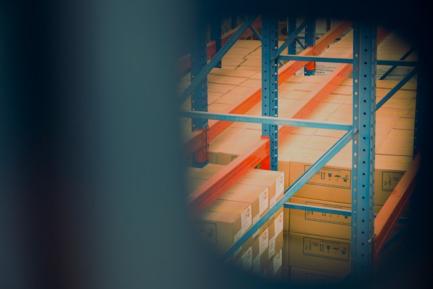Portuguese companies maintain their export momentum
We analyse how the Portuguese economy has managed to maintain the momentum in its exports over the last decade and what their main characteristics are.

Since the 2008 financial crisis, Portuguese companies have increasingly turned to the foreign market in search of business. So much so that, since 2011, the average annual growth in exports of goods and services (excluding tourism)1 has been 5.6% at current prices. In this article, we analyse how the Portuguese economy has managed to maintain the momentum in its exports over the last decade and what their main characteristics are.
Firstly, in recent years the categories of goods and services which previously had the highest exports are also the ones that have seen the biggest export growth. Thus, the top 15 categories account for 79% of total exports in 2023, which is 3 pps more than in 2011. The categories that have seen their share of the total increase have included IT services, R&D services and pharmaceutical products. In contrast, textile exports saw their share drop to 6% of the total value exported, compared to 8% in 2011. Sales of machinery and electrical appliances and transport equipment continue to occupy the top positions, with 12.1% and 10.4%, respectively.
- 1. For the purposes of the analysis in this article, we exclude the travel and tourism category, as well as that of passenger transportation.

Secondly, the export intensity of industry has also increased.2 Between 2011 and 2023, the total turnover of the industrial sector grew by around 25%, and this figure rises to 40% in the case of foreign markets, which translates into a 12-pp increase in the export intensity of Portugal’s industry. In fact, generally speaking, the sectors which have seen their export intensity increase have performed better than those that are more dependent on domestic activity for their turnover. By sector, utilities stand out, with a significant portion of the total turnover (15%) coming from exports. However, significant increases were also recorded in smaller sectors, such as pharmaceuticals and the repair, maintenance and installation of equipment and machinery. These two segments, which represent only 1.3% and 1.6% of total turnover, respectively, recorded notable increases in their turnover in international markets, as shown in the second chart.
- 2. Export intensity is calculated as the ratio of turnover in foreign markets relative to the total turnover of each sector.

As a result of this greater export intensity, exports have also gained prominence in Portugal’s GDP. Excluding the tourism sector, all other exports represented 35% of GDP in 2023, i.e. 8 pps more than in 2011. This was largely driven by exports of goods, although those of services also made an important contribution, particularly IT, communication and R&D services, which grew at an annual average rate of 14.4% during the period analysed.

Finally, with regard to the main destinations of Portuguese exports, it is worth noting that the top five (Spain, France, Germany, the United Kingdom and the US) have have not changed since 2011, although there have been changes of position among them and there are signs of greater penetration in smaller markets, such as Ireland, Poland and Sweden. The cases of Ireland, Germany and the US are particularly noteworthy, with exports of technology, IT services and information services recording significant annual growths of 32%, 24% and 18%, respectively. Among exported goods, pharmaceutical products recorded particularly strong growth, at an annual average of 13%. In this case, the North American, Irish, Polish and Italian markets stand out, with average annual growth of 37%, 34%, 28% and 17%, respectively (see first table).



